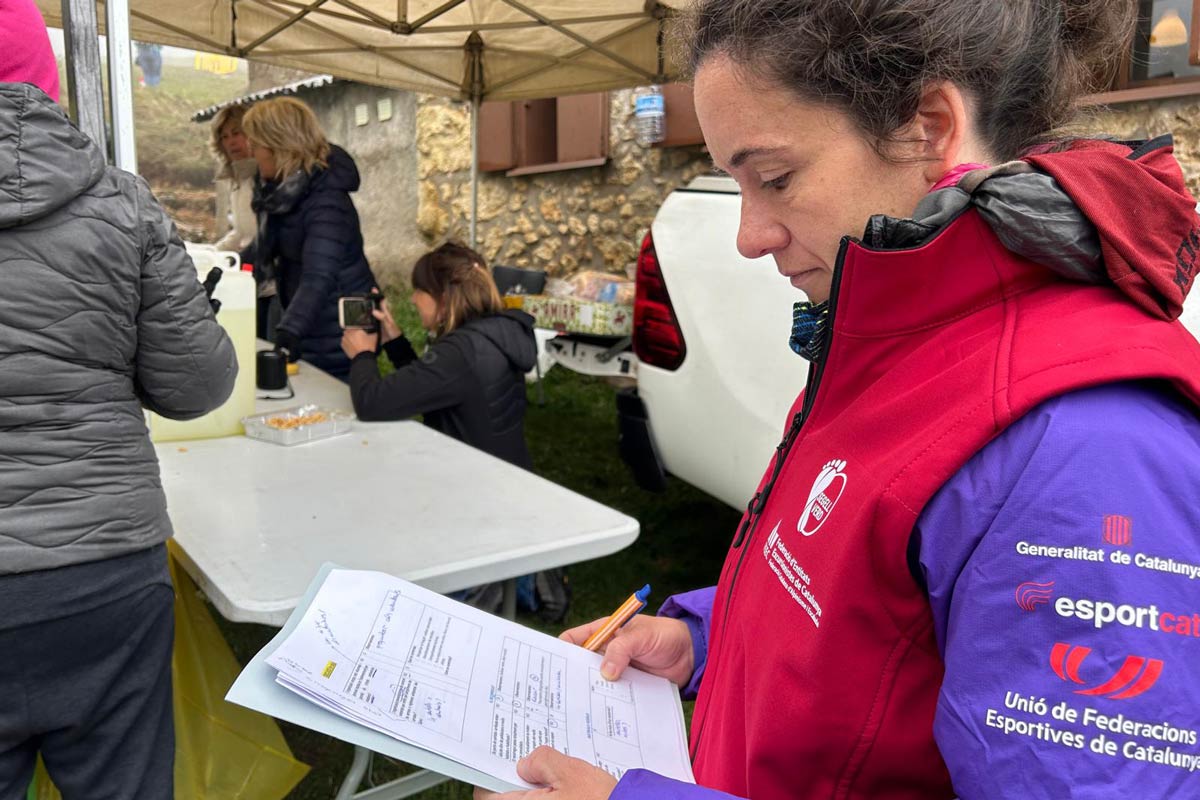The UIAA has published its Carbon Footprint Report for 2021.
This report outlines the results of ongoing monitoring and reporting of the UIAA’s carbon footprint, which is in response to the federation’s signed commitment in early 2019 and participation under the United Nations Framework Convention on Climate Change (UNFCCC) Sports for Climate Action. This is the fourth annual Carbon Footprint Report (CFR) published by the UIAA. Reports for 2018-2020 can be found here.
The Report tackles the background to producing an annual CFR, scope, limitations in data collection, methodology and a detailed breakdown of results.
CONCLUDING REMARKS
The sum of UIAA CO2 emissions generated in 2021 is 12.08 tonnes, compared to 146.5 tonnes in 2020, 353.33 tonnes in 2019 and 365.56 tonnes in 2018. However, a direct comparison of these figures does not provide for an accurate representation to compare one year to another, since the underlying conditions and factors that lead to the respective CO2 emissions generated in any given year, differ.
Mainly it depends on the format, and the location of annual meetings/events and the place of travel origin of meeting delegates. Far-off meeting locations generate more CO2 emissions, yet at the same time, it is centrally located meeting destinations that are attended by more representatives, thus also spiking the amount of emissions generated. Nevertheless, the resulting figures give much opportunity to further reflect on those activities that generate the most emissions, compared to all others that are part of the core operations of the UIAA as an organisation.
2021, as was the case for 2020, was a unique year, as the Covid-19 pandemic resulted in most meetings being held virtually. Therefore these two years represent something of an anomaly. For example, there was a much reduced number of UIAA-sanctioned competitions held during this period. On the other side, many of the measures put in place during the pandemic have become permanent, such as an increased number of online or hybrid meetings. The Carbon Footprint Report for 2022 is likely to provide a much more accurate reading of the UIAA’s climate footprint. Future CFRs will also look more closely into the emissions created by online and digital communications.
Many travel policies to reduce CO2 impact promote the principle of “avoid, reduce, compensate” in that order. The UIAA, through the support and participation of its Mountain Protection Commission and the UIAA Climate Change Task Force, will seek to draft such as policy by September 2023 in its fulfilment of the five principles set out by the UNFCCC.
For further details on the UIAA’s commitment to mountain protection and sustainability click here.
Main photo: Stock Library



